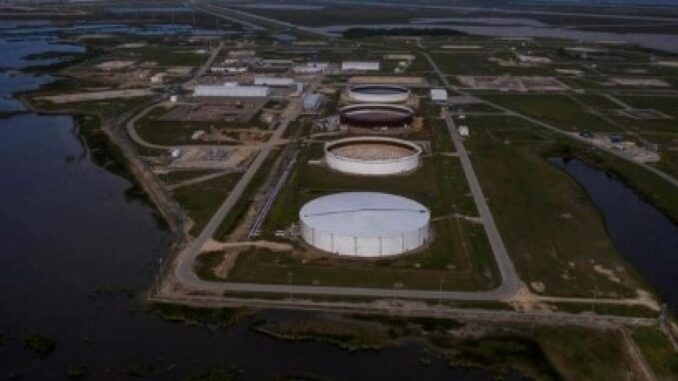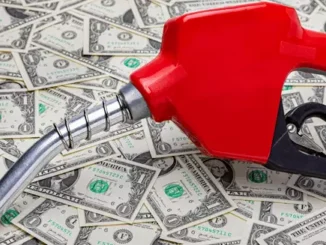
(Reuters) – U.S. oil production forecasts are being revised upwards despite labor and supply chain constraints as higher prices spur more drilling and well completion activity, according to industry experts.
Calls for new oil supplies are being answered by more producers as U.S. prices stay above $100 per barrel, propelled by Russia’s invasion of Ukraine. Prices are up 70% year-over-year, offsetting worries of a second pandemic price drop and inflation.
U.S. output will end the year up 1.29 million barrels per day (bpd), at 12.86 million bpd, according to consultancy East Daley Capital, which closely tracks energy supplied to U.S. pipelines. Its latest forecast increase is roughly 300,000 bpd, or 23%, higher than in its December outlook.
The bulk of the projected annual rise – 1.13 million bpd – comes from the Permian Basin, the top U.S. shale field that has propelled the United States to an energy powerhouse. There were 332 oil rigs drilling there last week, the most since April 2020.
“U.S. oil prices are $30 to $40 per barrel higher” than late last year and “rig counts are becoming more responsive” to that price movement, said AJ O’Donnell, a director at East Daley Capital.
PROFITS AT HALF THE LEVEL
At $104 per barrel CLc1, oil is roughly twice what Permian Basin producers said was needed to profitably drill wells, according to a Federal Reserve Bank of Dallas survey.
March filings for drilling permits there hit 904, a monthly high, which “reflects a robust expansion” for horizontal drilling in west Texas and eastern New Mexico, said Rystad Energy.
Shale firms also are tapping drilled-but-uncompleted wells, standbys that can be quickly added to production. The number of such wells fell in February to 4,372, the lowest since 2013, U.S. data shows.
On Tuesday, pipeline operator Enterprise Products Partners forecast U.S. oil production to reach 12.4 million bpd by December, up 800,000 bpd from a year ago, and within 5% of the pre-pandemic record.
“There are 9 million productive acres that we’ll call Tier 1 through Tier 4,” based on potential output, Tony Chovanec, a senior vice president, told analysts. “With $80 oil, we think 2 million acres moves from lower tier to top tier economics.”



